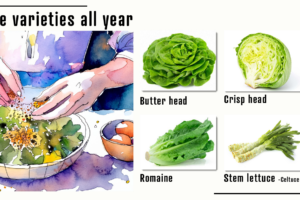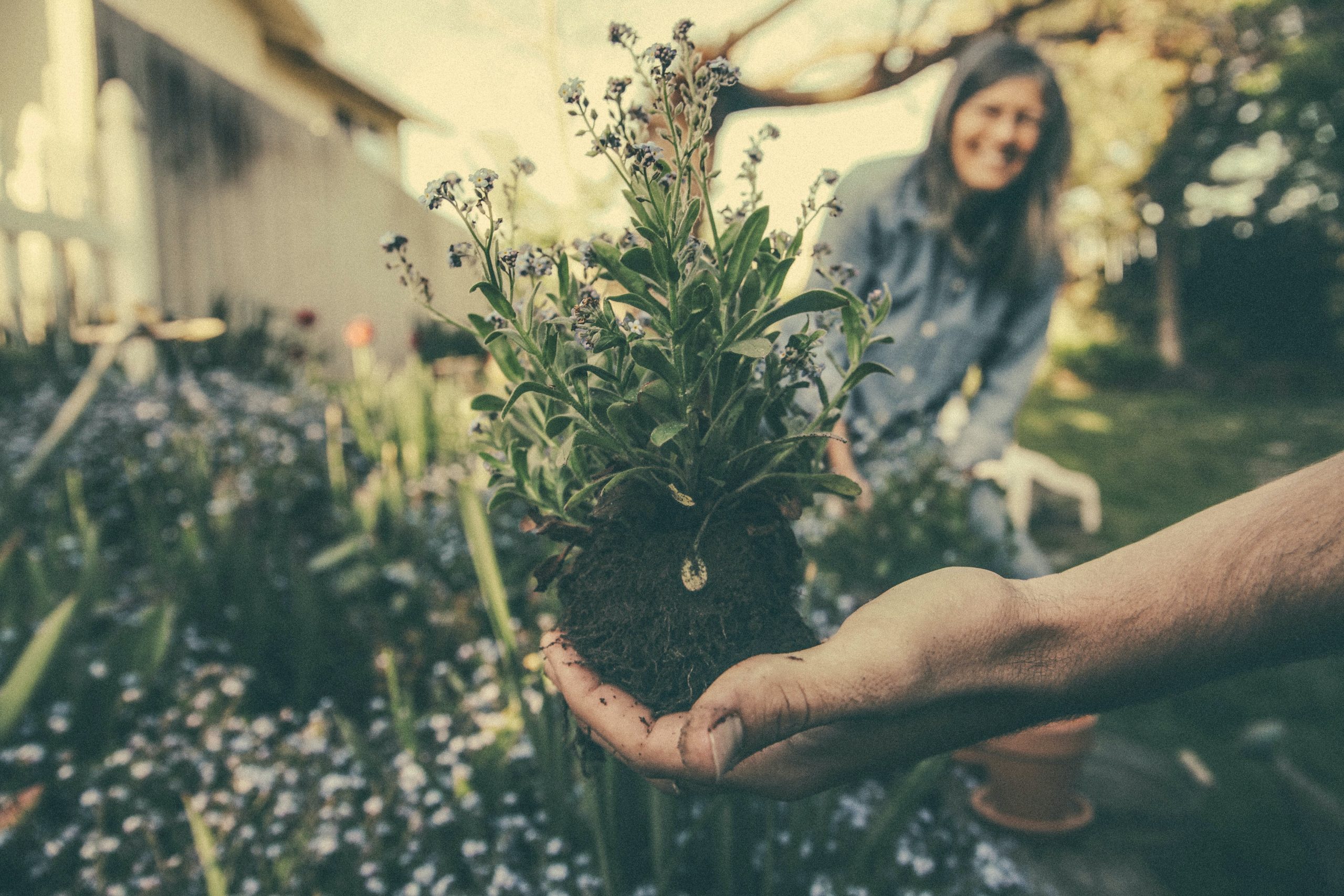
Must have flowers for every vegetable garden
The flowers in this post may not include personal favourites for bouquets like dahlias, roses or christmas lillies but for the vegetable gardener they are at the top of the list for usefulness and combined together they make a garden spectacular. I’ve started to collect my own seeds to grow these flowers instead of buying them at retail stores. In the past I always seemed to put a price limit on how much I wanted to spend on flowers compared to how much I wanted to spend on the plants I was growing for food. The result was a sparse looking landscape of flowers which I’m sure would reduce the effectiveness of those plants. So, either don’t be frugal like me or start growing from seed. Saving seeds is relatively easy also, but I can do another post on that some other time.
The raised bed garden in this video is from my previous property and I originally intended to just grow vegetables in this space but as the flowers started to grow I just let them do their thing and ended up with this cottage garden look which has a real mix of vegetables, vining fruit and herbs. As for the vegetables, I did what most garden enthusiasts do and put in another garden bed.
Now that I have a lot more space to grow I need to remember to establish small areas, rather than trying to do a little everywhere and not get the same feel. There are several useful flowers to have in a vegetable garden, and they can serve various purposes. Here are some of the most commonly recommended flowers and their benefits for you to be aware of.
1. Marigolds:
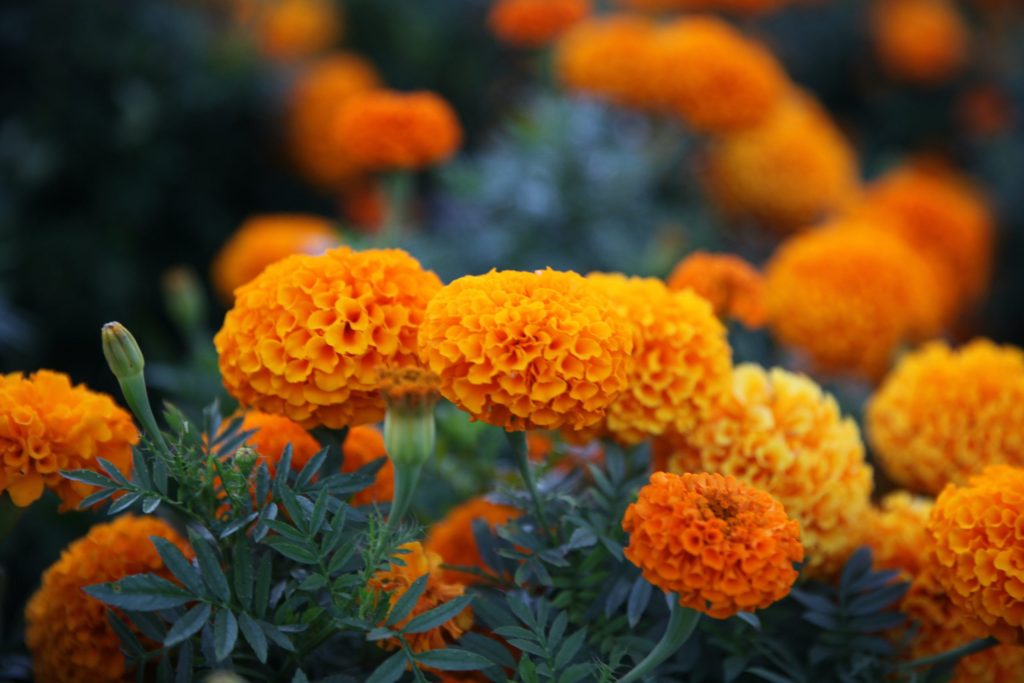
Marigolds are popular in vegetable gardens as they deter pests like aphids, and whiteflies. Their strong scent repels these harmful insects, reducing the need for chemical insecticides. I don’t seem to get the same germination rates as I do from other flowers with Marigold, so the research continues on this personal conundrum. Here’s what I do know: Marigolds can be sown outdoors after the last frost date in your area. The exact timing may vary depending on your location, but generally, marigold seeds can be sown in the spring when the soil temperature reaches around 21°C (70 F). This is typically after Labour day in most regions in Aotearoa New Zealand. Starting your seeds under cover or inside is one way to get a head start on Spring.
2. Nasturtiums:
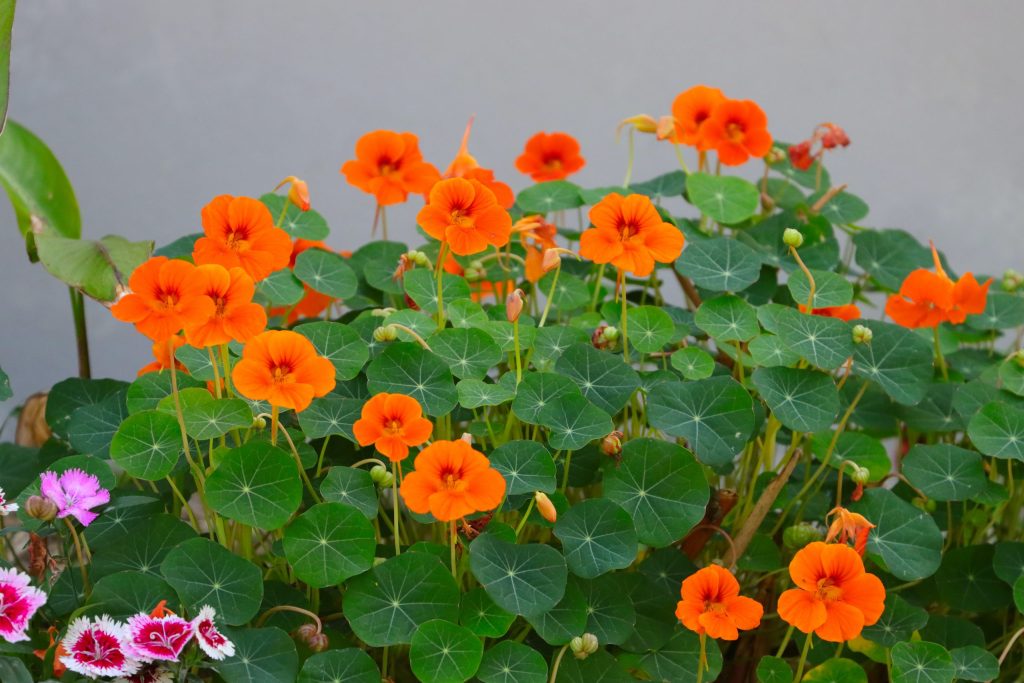
Nasturtiums attract aphids and caterpillars away from vegetable plants, acting as a trap crop. They also repel squash bugs, whiteflies, and beetles. Additionally, nasturtium flowers are edible and add a peppery flavor to salads.
Nasturtiums grow like crazy and can take over your garden spaces. I trim them back and give the cuttings to my chickens. Nasturtiums are often the first and last to bloom in my garden.
3. Calendula:
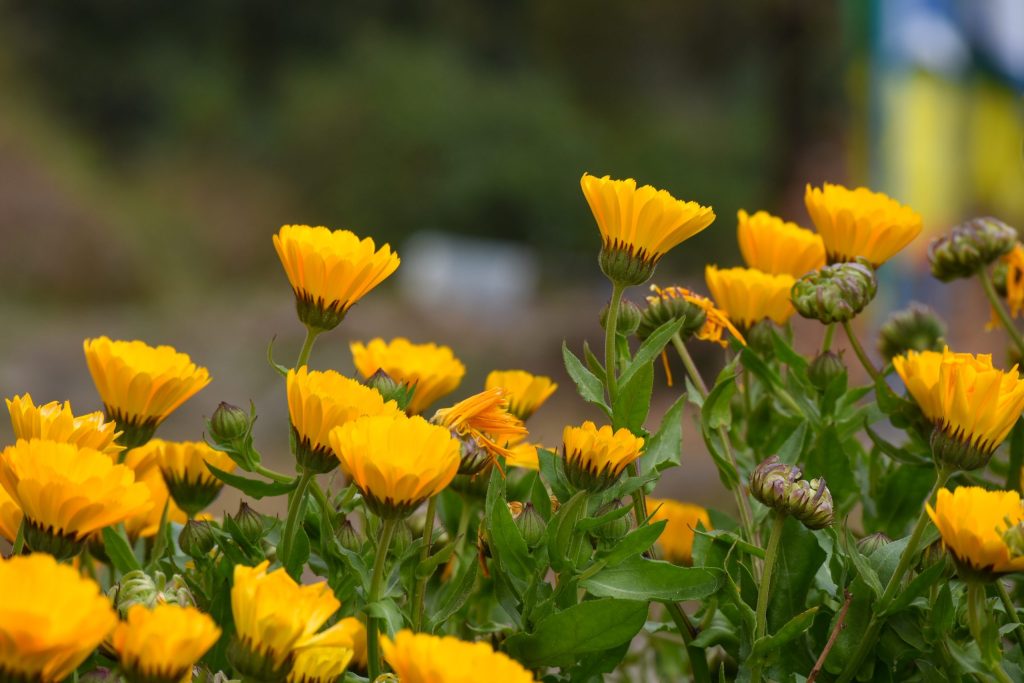
Calendula, also known as pot marigold, attracts beneficial insects such as ladybugs, lacewings, and hoverflies, which feed on pests like aphids and mites. Its bright yellow and orange flowers also add color to the garden. Calendula is one of nature’s medicinal wonders, people have been making salves and creams from calendula for centuries.
4. Borage:
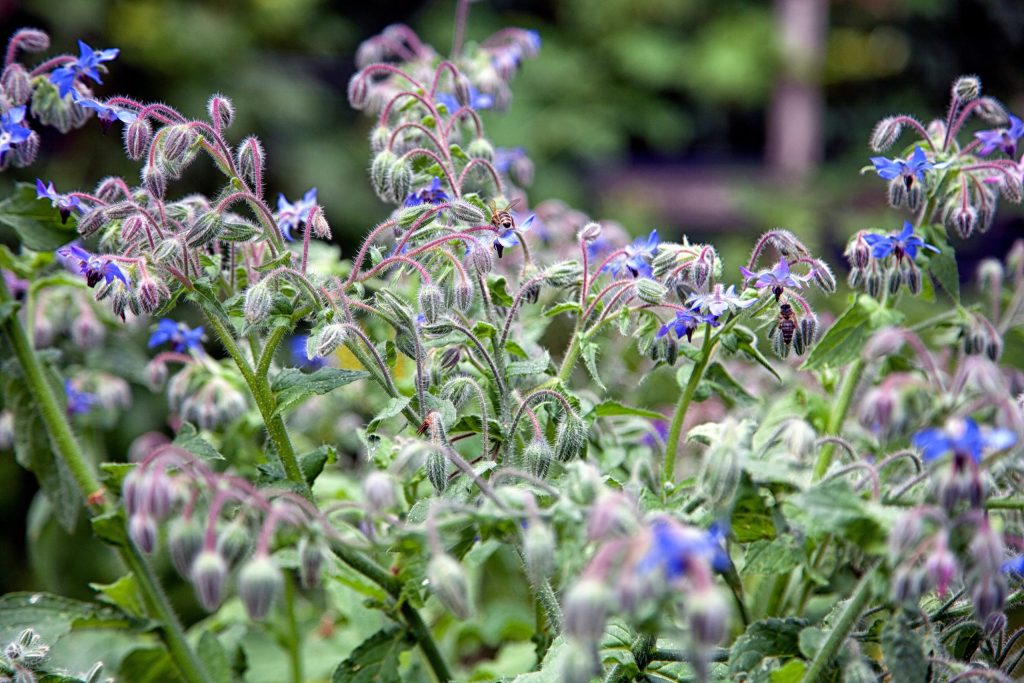
Borage is a bee magnet, attracting pollinators to the garden. Bees are crucial for pollinating vegetable plants, leading to better yields. Borage flowers are also edible and make a flavorful addition to salads. Borage self seeds really well so make sure of your placement. I tend to plant them near walkways rather than in garden beds.
5. Sunflowers:
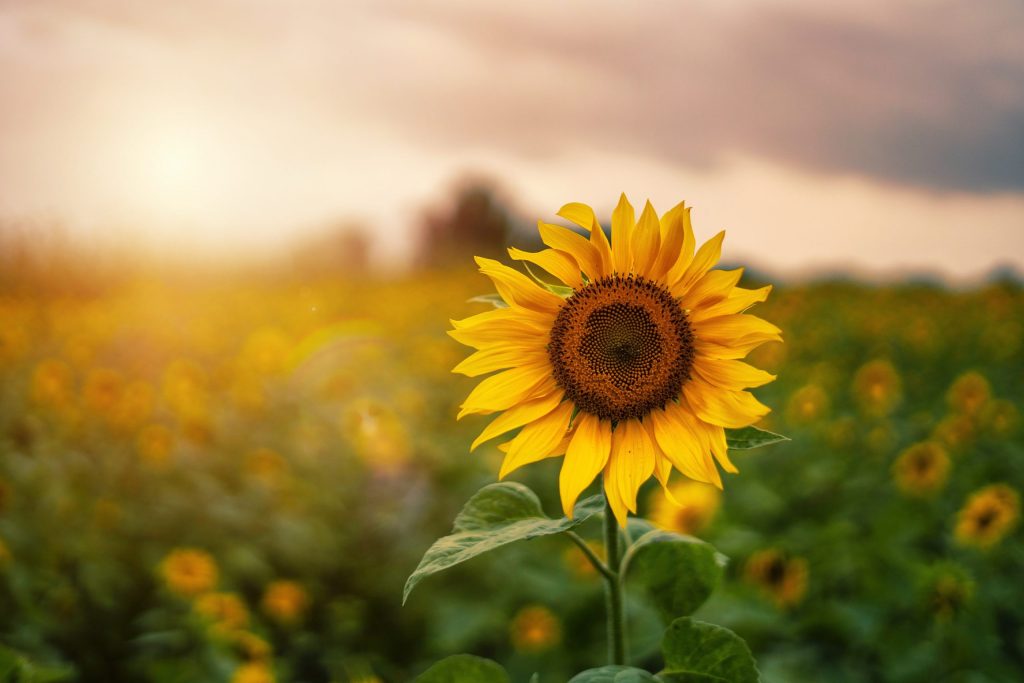
Sunflowers are not only beautiful but also serve as a source of food for birds and other wildlife. Planting them around the perimeter of the vegetable garden can help draw away pests that might damage the crops. I’m going to grow sunflowers as an alternative for birds that might be tempted with my strawberry rows this year. I’m still going to use bird netting though, I’m not brave enough to take any risks with my strawberries. I’m thinking if I grow enough sunflowers this will reduce the amount of supplemental feed I buy for my chickens.
6. Chrysanthemums:

Chrysanthemums contain a natural insecticide called pyrethrum, which repels pests like cockroaches, ants, and beetles. They are commonly used as a companion plant to deter pests.
7. Lavender:

Lavender attracts pollinators like bees and butterflies while repelling pests like moths, fleas, and mosquitoes. Its aromatic fragrance can also aid in deterring larger pests, such as rabbits and rodents. Lavendar is a fairly easy plant to grow from soft wood cuttings.
8. Alyssum:
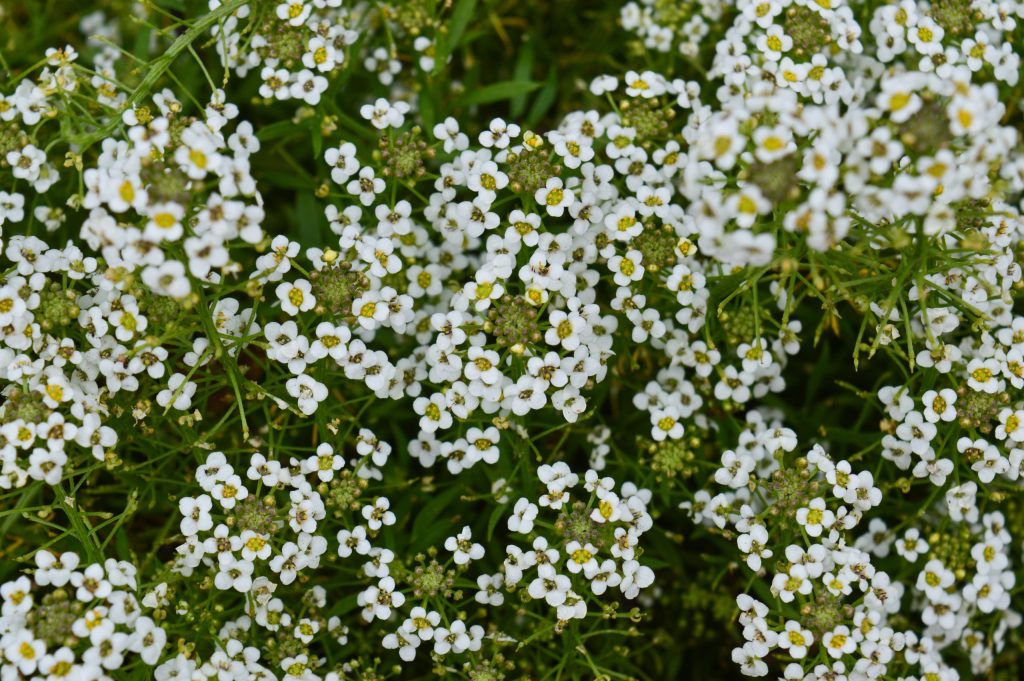
Alyssum is a low-growing flower that attracts beneficial insects like ladybugs, lacewings, and predatory wasps. These insects help control aphids, caterpillars, and other pests that may attack vegetables. Overall, these flowers provide various benefits such as pest control, pollination, attracting beneficial insects, and improving the aesthetics of the vegetable garden.
Perennials and vegetables
All of the flowers listed so far are annual bloomers but there are many other flowers and herbs that flower as perrenials and are useful in the vegetable garden. Low growing ground covers like Thyme can be grown at lower levels, attracting bees and deterring pests with its smell. This leaves lots of room for taller crops like capsicums and tomatos. Groundcovers cut down on the need for weeding and act like a mulch by preventing moisture evaporation from the soil.
Tag:alyssum, beneficial, borage, calendula, deterrent, flowers, lavendar, marigold, nasturtium, sunflower



